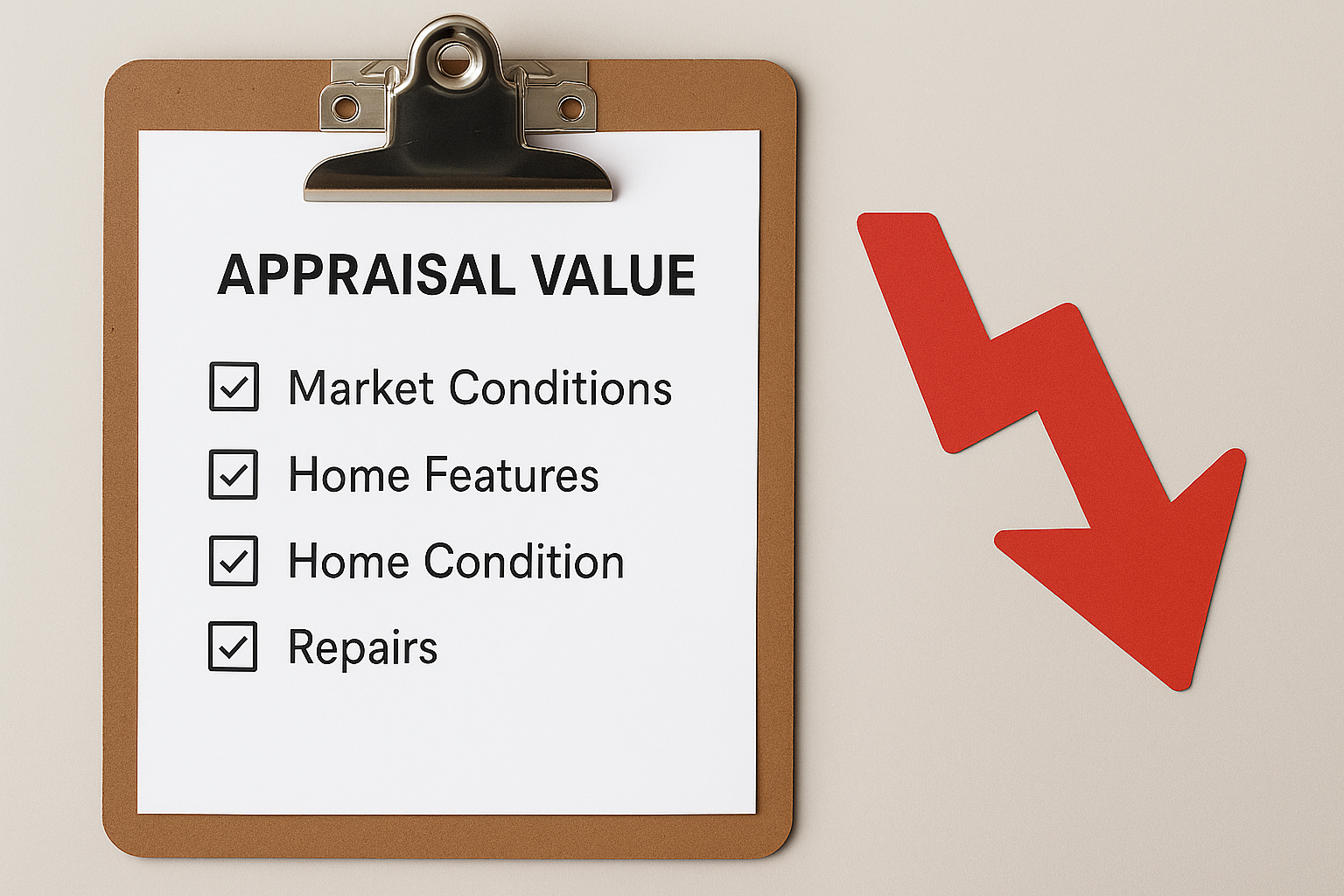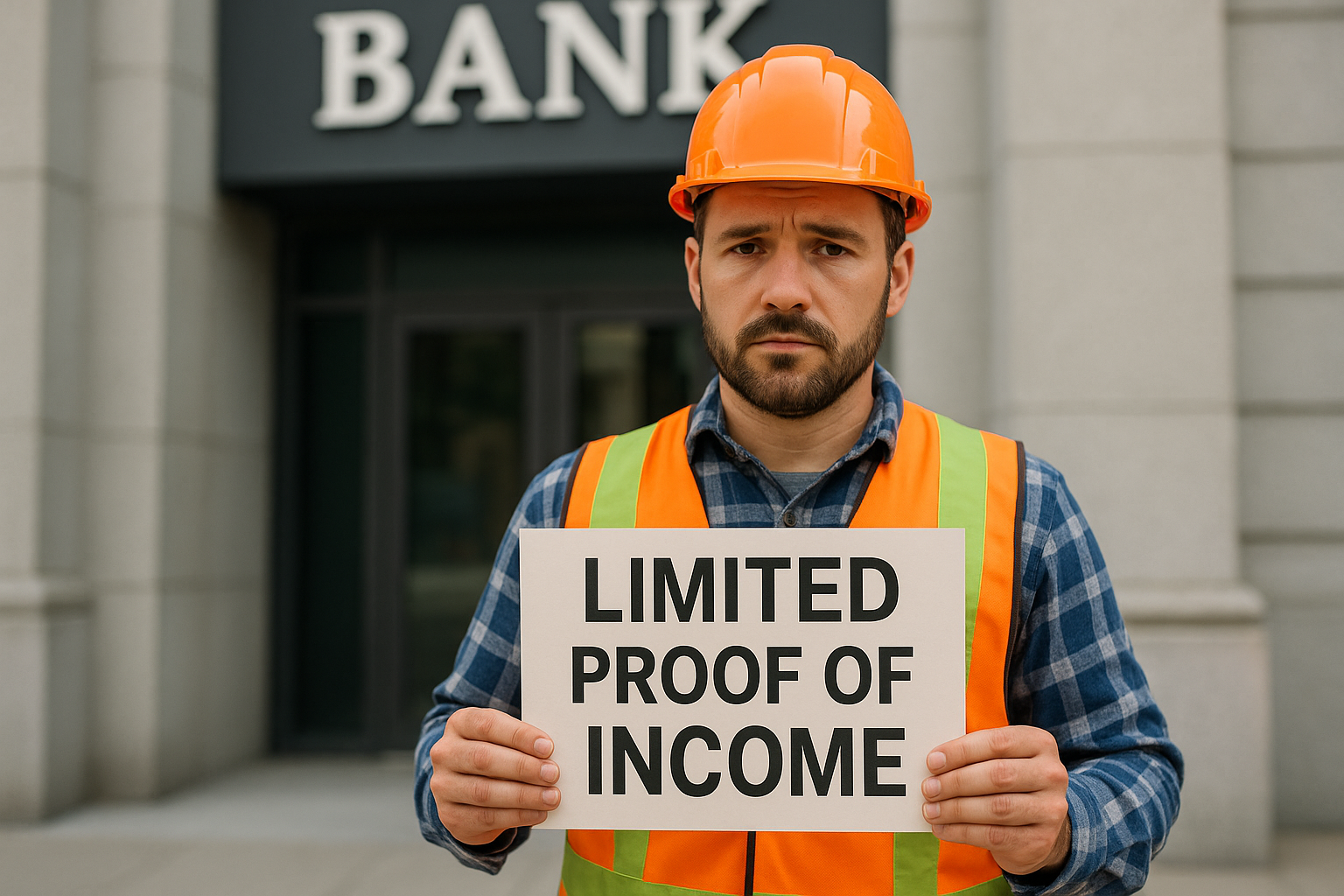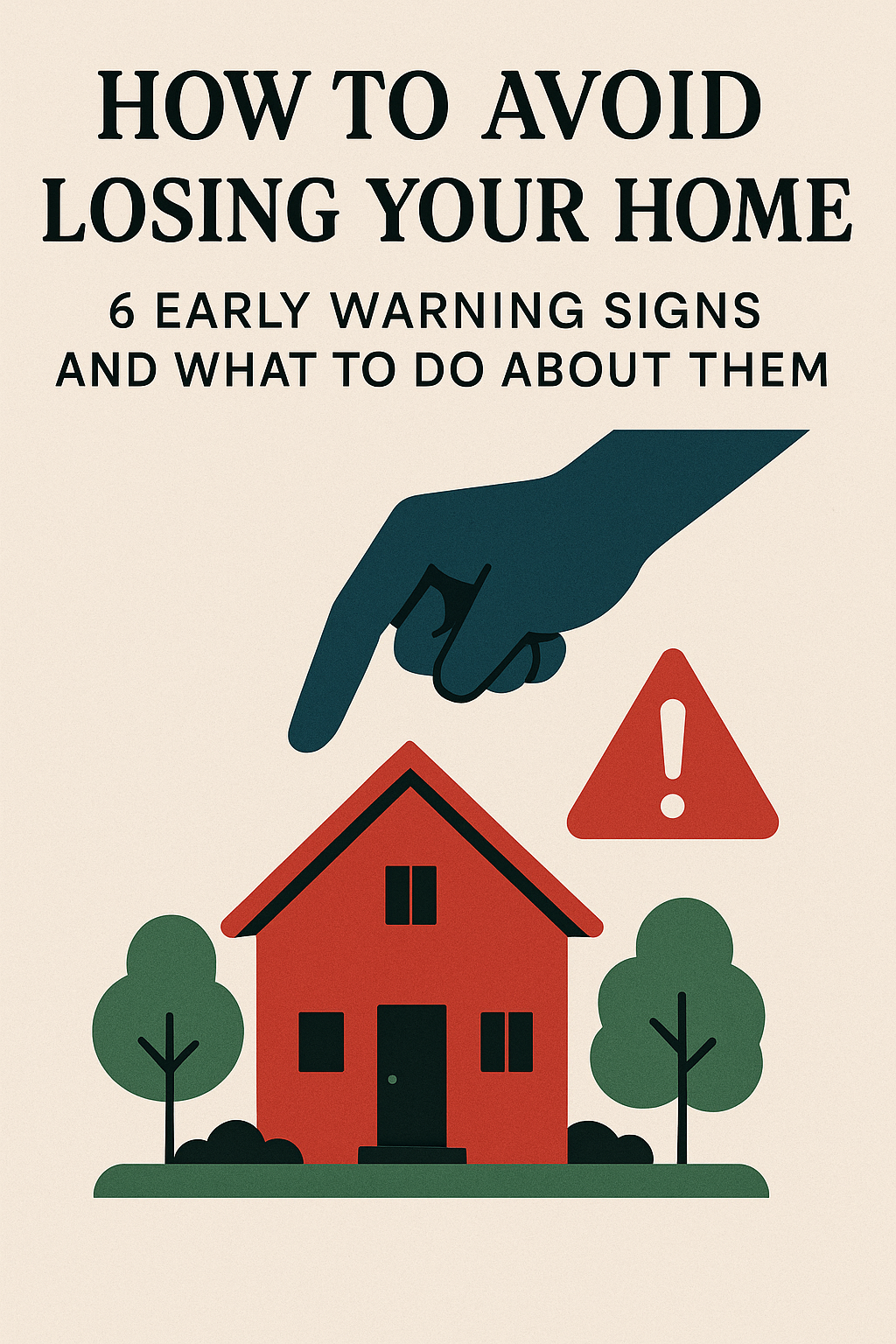Table of Contents
ToggleA Beginner’s Guide to Mortgages in Canada
Introduction
Buying a home is a significant milestone, but for most Canadians, it requires taking out a mortgage. A mortgage is a loan used to purchase real estate, typically repaid in installments over several years. If you’re new to the home-buying process, understanding how mortgages work in Canada is crucial. This guide will break down the key aspects of mortgages, including types, eligibility, and steps to secure one.
What is a Mortgage?
A mortgage is a secured loan where the lender provides funds to purchase a property, and the borrower agrees to repay the amount plus interest over an agreed period. The home itself serves as collateral, meaning the lender can take possession if the borrower defaults on payments.
Types of Mortgages in Canada
There are different types of mortgages available to Canadian homebuyers. Choosing the right one depends on your financial situation and risk tolerance.
1. Fixed-Rate Mortgage
A fixed-rate mortgage offers an interest rate that remains unchanged throughout the mortgage term. This option is ideal for those who prefer predictable payments and stability, especially in a fluctuating market.
2. Variable-Rate Mortgage
A variable-rate mortgage has an interest rate that fluctuates based on the lender’s prime rate. While initial rates may be lower than fixed-rate mortgages, they can increase over time, affecting monthly payments.
3. Open vs. Closed Mortgages
- Open Mortgage: Allows for extra payments or early repayment without penalties. Suitable for those expecting to pay off their mortgage quickly.
- Closed Mortgage: Has restrictions on early repayment but typically offers lower interest rates than open mortgages.
4. High-Ratio vs. Conventional Mortgage
- Conventional Mortgage: Requires a down payment of at least 20% of the property’s purchase price, eliminating the need for mortgage default insurance.
- High-Ratio Mortgage: When the down payment is less than 20%, the borrower must pay for mortgage insurance through the Canada Mortgage and Housing Corporation (CMHC) or private insurers.
Mortgage Eligibility Requirements
Lenders assess various factors to determine mortgage eligibility. Here’s what they typically look for:
1. Credit Score
A higher credit score improves the chances of securing a mortgage with favorable terms. Generally, a score of 680 or above is considered good for mortgage approval.
2. Income and Employment Stability
Lenders evaluate your income and job stability to ensure you can handle monthly payments. A steady income stream with at least two years of employment history is preferred.
3. Debt-to-Income Ratio
Lenders calculate the Gross Debt Service (GDS) Ratio and Total Debt Service (TDS) Ratio to measure affordability:
- GDS Ratio: Should be no more than 39% of your gross income.
- TDS Ratio: Should be no more than 44% of your gross income, including other debts like credit cards and loans.
4. Down Payment
In Canada, the minimum down payment depends on the purchase price:
- 5% for homes up to $500,000
- 10% for portions between $500,000 and $999,999
- 20% for homes priced at $1 million or more
Steps to Getting a Mortgage in Canada
Understanding the process helps ensure a smooth home-buying experience.
Step 1: Assess Your Finances
Before applying for a mortgage, evaluate your financial health, including credit score, debt obligations, and savings for a down payment.
Step 2: Find a Mortgage Broker
Working with a mortgage broker can help you find the best options available. Brokers have access to multiple lenders and can negotiate better rates on your behalf, saving you time and potentially lowering your costs. They also provide valuable advice and help navigate the mortgage application process, making it easier for first-time buyers.
Step 3: Choose the Right Lender with a Broker’s Help
A mortgage broker can help you navigate the many lending options available. They assess your financial situation, compare rates from multiple lenders, and negotiate better terms on your behalf. Brokers work with banks, credit unions, and alternative lenders to find a mortgage that best suits your needs, potentially saving you thousands in interest over the loan term.
Step 4: Select Your Mortgage Type and Term
Decide whether a fixed or variable-rate mortgage suits your financial goals. Mortgage terms typically range from 1 to 10 years, with the most common being a 5-year term. Again this is something a broker is there for. Wading through the options can be overwhelming so professional guidance can relieve that stress.
Step 5: Submit Your Mortgage Application
Provide documents such as proof of income, employment verification, credit report, and details of the property you wish to purchase.
Step 6: Home Appraisal and Approval
Lenders may require a home appraisal to confirm the property’s market value before final approval.
Step 7: Finalizing the Mortgage and Closing the Deal
Once approved, you’ll sign the mortgage agreement and complete the home purchase with your lawyer or notary.
Mortgage Insurance in Canada
If your down payment is less than 20%, mortgage default insurance is required. CMHC, Sagen, and Canada Guaranty are the three main providers. This insurance protects lenders in case borrowers default but allows buyers to enter the housing market with a lower down payment.
Mortgage Payment Breakdown
Your mortgage payment typically consists of four main components:
- Principal: The amount borrowed.
- Interest: The lender’s fee for the loan.
- Property Taxes: May be included in monthly payments.
- Mortgage Insurance (if applicable).
Tips for First-Time Homebuyers
- Improve Your Credit Score: Pay bills on time and reduce debt before applying.
- Save for a Larger Down Payment: A higher down payment reduces the loan amount and eliminates insurance costs if above 20%.
- Shop Around for the Best Rates: Compare lenders and mortgage brokers to find the best deal.
- Factor in Additional Costs: Closing costs, legal fees, and property taxes add to the total cost of homeownership.
- Plan for Rate Increases: If choosing a variable-rate mortgage, ensure you can handle potential rate hikes.
Conclusion
Understanding how mortgages work in Canada is essential for first-time homebuyers. From choosing the right type of mortgage to securing a loan and making regular payments, being well-informed will help you navigate the home-buying process with confidence. By taking the time to research and prepare, you can make a sound financial decision that aligns with your long-term goals.






